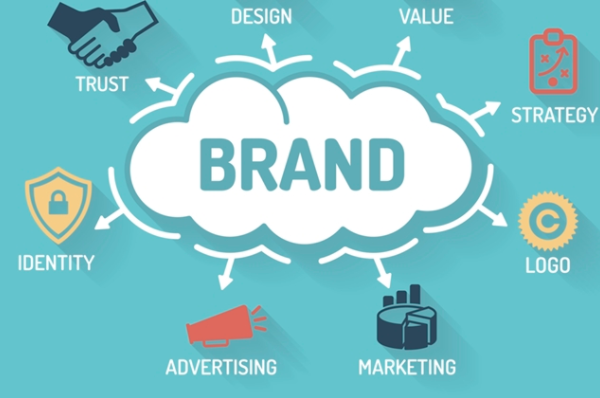THE SHIFT FROM BRAND THINKING TO NETWORK THINKING
The shift from Brand Thinking to Network Thinking
Maggie Forbes, VP Design

Branded products clearly aim for sales. Online marketing is not enough so brands need new ways to attract consumers. Over the last decades there have been intensive efforts, both overt and covert, from brands to lure consumers in, therefore people today are skeptical and suspicious of promotion activities.
Consumers prefer to follow a brand that is not trying too hard, is not making demands but is connected to real people and real problems.
Even the more subtle forms of storytelling by brands on popular platforms, creating branded content, trying to match the message to the platform in order to go viral, is a short sighted solution. It is never a good idea to try and conceal the real reason for the content, which is the promotion of the brand to achieve sales. No matter how wonderful the story, it will never improve the quality of the product. Clothes or tea can never fulfil their brand promise because they are just clothes and tea.
Nowadays there is a trend to consume less, to be a more sustainable buyer with terms like ‘slow fashion’ or ‘conscientious purchase’. In reality, this also means less branding. But as branding is a form of communication it means it will evolve to embrace branded places like stores, store owners, putting a face to the person that made the effort to bring together the offerings for the consumer, a real person with a real story.
So brands will not try to compete through differentiation as traditionally has been the case. At the age of internet, where everything gets more and more connected, the key is connection, what brings everything together, and not what makes everything different. There is no more need for brands to try very hard to stand out. What is required is that they offer something that people really need, something really useful to them.
The result is consumers that will spend the same or more but on more quality products with a fair trade price rather than fast fashion items. For a brand, this automatically means a shift from a marketing focus to a product development focus and consequently the creation of more value, quality goods for all. The marketing hype and imagination will be replaced by the core functions of branding, the essence of the brand, how and where the product was made and what it really offers. Its design and durability, how it is really better than what already exists. The goal is neither over marketing nor over branding; the goal is fewer, better quality products and consumers will respond.

Recent Comments